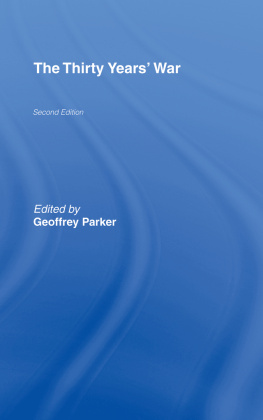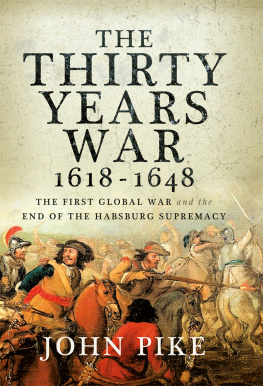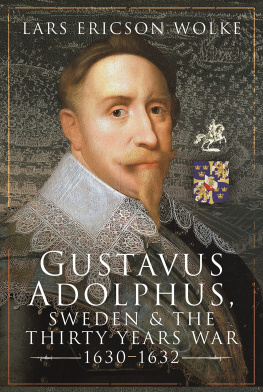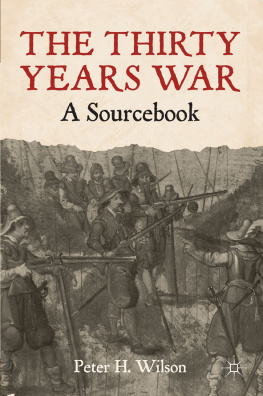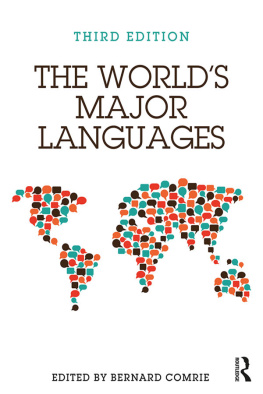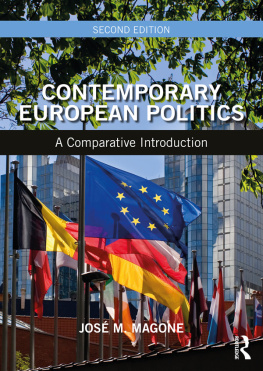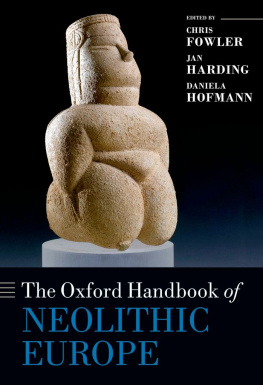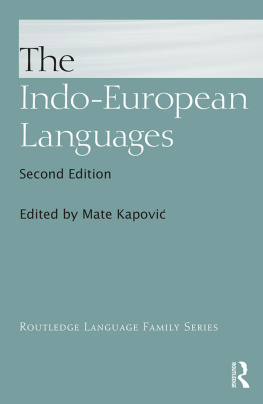The Thirty Years' War
The first edition of The Thirty Years' War offered an unrivalled survey of a central period in European history. Drawing on a huge body of source material from different languages and countries throughout Europe, it provided a clear and comprehensive narrative and analytical account of the subject. It has established itself as the classic text with reviewers, students and the general reader.
This second edition has been thoroughly revised to include the very latest research. The updated bibliographical information alone provides an invaluable resource, synthesizing the major work in the field in all languages, down to 1996.
Written with great clarity and liveliness, the book brings alive the period in all its aspects. It covers the horrors of the war and the contorted politics of the period. It deals with all the major figures, including Wallerstein and Richelieu, Gustavus Adolphus and Tilly, the Winter King and the Habsburg emperors. For range and depth of coverage there is no other work like it. It has become the definitive book on the subject.
The Thirty Years' War
Second edition
Edited by Geoffrey Parker
with contributions by
Simon Adams , Gerhard Benecke , Richard J. Bonney , John H. Elliot , R.J.W. Evans , Christopher R. Friedrichs , Bodo Nischan , E. Ladewig Petersen and Michael Roberts
First published 1984
Revised edition published 1987
by Routledge
2 Park Square, Milton Park, Abingdon, Oxon, OX14 4RN
Simultaneously published in the USA and Canada
by Routledge
270 Madison Ave, New York, NY 10016
Second edition 1997
Reprinted 1998
Transferred to Digital Printing 2006
Geoffrey Parker 1984, 1987, 1997
Section I.iii Simon Adams 1984, 1987, 1997
Section II.ii Geoffrey Parker and Simon Adams 1984, 1987, 1997
Section II.iii E. Ladewig Petersen 1984, 1987, 1997
Section III.i R. J. W. Evans 1984, 1987, 1997
Section III.iii Gerhard Benecke 1984, 1987, 1997
Section III.iv John H. Elliott 1984, 1987, 1997
Section IV.i Bodo Nischan 1984, 1987, 1997
Section IV.iv Richard J. Bonney 1984, 1987, 1997
Section V.i Michael Roberts 1984, 1987, 1997
Section VI.ii Christopher R. Friedrichs 1984, 1987, 1997
Typeset in Palatino by
Keystroke, Jacaranda Lodge, Wolverhampton
All rights reserved. No part of this book may be reprinted or reproduced or utilized in any form or by any electronic, mechanical, or other means, now known or hereafter invented, including photocopying and recording, or in any information storage or retrieval system, without permission in writing from the publishers.
British Library of Congress Cataloguing in Publication Data
A catalogue record for this book is available from the British Library
Library of Congress Cataloguing in Publication Data
A catalogue record for this book has been requested
ISBN 0-415-15458-8 (hbk)
ISBN 0-415-12883-8 (pbk)
Publisher's Note
The publisher has gone to great lengths to ensure the quality of this reprint but points out that some imperfections in the original may be apparent
'Well, since you aren't thinking about anything you can tell me the date of the signing of the Peace of Westphalia.'
Antoine neither moved nor answered. His father remonstrated in a shrill voice ... 'You hear that, everyone? He doesn't know the date of the Peace of Westphalia. He ought to be ashamed of himself.'...
The carriage was filled with a shocked silence. For her brother's benefit Lucienne mentally recited a prayer recommended by the Desmoiselles Hermeline as an aid to recalling the Great Dates of History. Frdric drew the figures in the air with his finger, and Mme Haudouin tried to catch her son's eye in order to comfort him with an affectionate smile. But Antoine, staring down at his boots, refused to see anything ...
Finally, Antoine's breast heaved with a sob... He gulped, and muttered in a stifled voice: '1648'.
Marcel Ay me, The Green Mare (New York, 1963), 100-1: set in the year 1885
Contents
| (by Simon Adams) |
| (by Simon Adams and Geoffrey Parker) |
| (by E. Ladewig Petersen) |
| (by R. f. W. Evans) |
| (by Gerhard Benecke) |
| (by John H. Elliott) |
| (by Bodo Nischan) |
| (by Richard J. Bonney) |
| (by Michael Roberts) |
| (by Christopher R. Friedrichs) |
Plates
).
Tables
Maps
(Note: were prepared with the aid of some material supplied by Professor C. R. Friedrichs and Professor R. J. Bonney respectively.)
Simon Adams Senior Lecturer in History University of Strathclyde
Gerhard Benecke Late Lecturer in History University of Kent
Richard J. Bonney Professor of History University of Leicester
John H. Elliott Regius Professor of History Oxford University
R. J. W. Evans Professor of History Brasenose College, Oxford
Christopher R. Friedrichs Professor of History University of British Columbia
Bodo Nischan Professor of History East Carolina University
Geoffrey Parker Professor of History The Ohio State University
E. Ladewig Petersen Professor of History University of Odense
Michael Roberts Institute of Social and Economic Research, Rhodes University
Research assistance for the first edition
Andr W. Carus University of Bielefeld
Sheilagh C. Ogilvie Trinity College, Cambridge
Research assistance for the second edition
Derek Croxton Yale University
John Theibault University of Oregon
It is often claimed that Samuel Pufendorf, the eminent seventeenthcentury jurist and historian, was the first to coin the term 'The Thirty Years' War' to describe the series of conflicts which ravaged Europe between 1618 and 1648. That phrase certainly appears in his book, The Present State of Germany, first published in 1667; but by then it was hardly new. In May 1648, even before the fighting stopped, one of the delegates at the Westphalian Peace Congress spoke of 'the Thirty Years' War' that had ravaged his country; and in 1649 the English weekly newspaper The Moderate Intelligencer began to publish a series of articles entitled 'An epitome of the late Thirty Years' War in Germany'. Issue 203, dated 8 February 1649, summarized the 'Bohemian war', 1618-23; issue 204 followed with the Dutch phase of the war; issue 205 covered the Danish phase; and so on. Within three months of the signature of the peace of Westphalia, which brought the war to an end in October 1648, English readers were thus provided with a framework for interpreting the war which was recognizably modern. At the same time, a similar service was provided for German readers in a pamphlet in that language entitled 'A short chronicle of the Thirty Years' War', which not only gave the dates and places of the major military actions but also offered a rough calculation of the losses of life and property caused by the conflict.
But, in the seventeenth century, historians were rarely as free from bias as their modern-day descendants claim to be. All of the publications discussed above were composed by Protestants who had an interest in emphasizing that the various wars fought in Europe during the decades following 1618 were linked together in a single struggle in defence of religious and constitutional liberty. They sought to justify retrospectively the rebellion of Bohemia in 1618-21 against Emperor Ferdinand II by reference to his subsequent behaviour. At the time, the Bohemians' cause seemed far from just to many observers - which is why so many Protestants princes refused to support it. Only afterwards, as Imperial strength increased and constitutional proprieties were forgotten, did they repent of their neutrality and oppose the Habsburgs themselves. Thus

